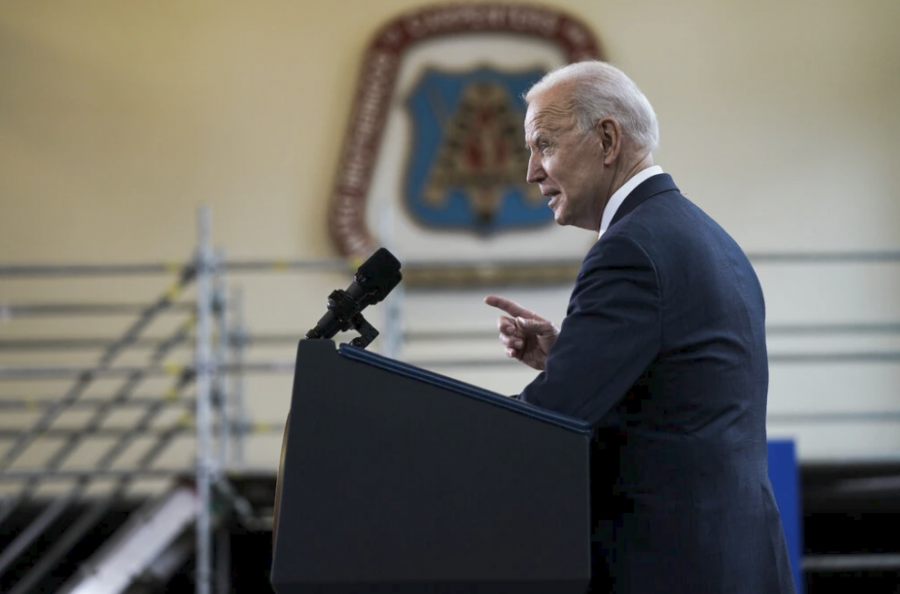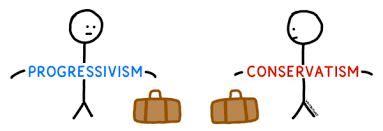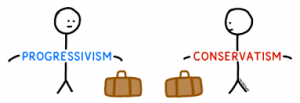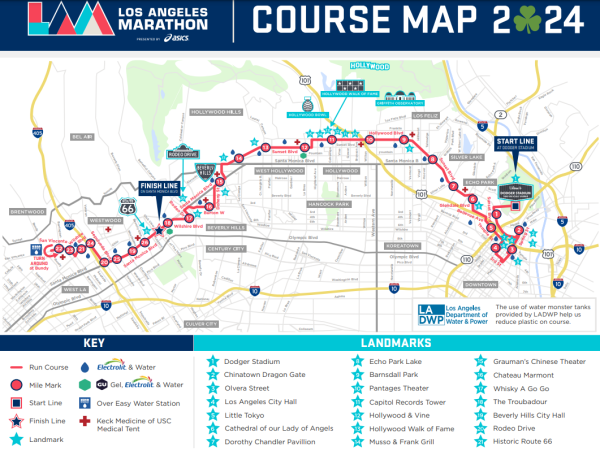President Biden’s First 100 Days
Courtesy of The New York Times
President Biden on Wednesday near Pittsburgh, where he outlined his infrastructure plan.
April 29, 2021
Slightly more than three months after being sworn in as the 46th president of the United States, President Joe Biden passes a presidential milestone, his first 100 days in office. On Friday, April 30, Biden made his 100-day address, as it is tradition for newly sworn-in presidents to do, starting with Franklin D. Roosevelt in 1932 during the Great Depression. It has become an important symbolic marker when the news, political analysts, and academics consider how a new president’s administration is doing. U.S. presidents have understood they will be measured by how ambitious and successful their first 100 days in office are.
There have already been a lot of comparisons between Joe Biden and Franklin D. Roosevelt. Some of the parallels are obvious- Like FDR, Biden took office during a major crisis (COVID-19) and has tried to use that crisis to reshape American policymaking. In addition to this, the Capitol Riot on January 6 demonstrates a similar national feeling of disarray and separation that FDR felt during the Great Depression. Biden made the comparison to FDR obvious when he said, “In another era when our democracy was tested, Franklin Roosevelt reminded us — in America, we do our part.” (vox.com).
Biden’s overall plans are about the immediate COVID-19 crisis but extend to the economy and the restoration of restoring trust in the government. Hannah Bucklin (11), says that she “can see how his plans can be interpreted many different ways”.
For COVID-19, Biden introduces his plan to speed up the vaccine rollout. He feels that this is the best way to eliminate the pandemic at the level that it affects our day-to-day lives. He wants to increase the funding that goes into the process of vaccination for any American that wants one. He also talks about the success of his $1.9 trillion relief bill that cleared the way for many Americans to receive stimulus checks and other aid. This includes $1,400 to those who qualify and an additional $300 for unemployment insurance supplements.
Biden felt that jobs were a large part of what needed to be addressed in his economic plans. Overall, he points out that he spent $2 trillion on jobs and infrastructure. This plan includes 20,000 miles of rebuilding roads, repairing 10 economically important bridges, eliminating lead pipes, and many other projects that create over a million jobs in the process.
Finally, his plans to include climate change as a pressing problem include shifting to clean energy sources and more ethical labor. Another demonstration of his attempt to restore trust in the government is promoting racial equality within the economy through policies that he says are to come in the future.
Overall, Biden says that this spending will increase corporate tax revenues over the next 15 years and will prod more companies to invest and produce more into the United States. He talks about this plan as something “unlike anything we have seen or done since we built the interstate highway system and the space race decades ago”. He feels that this is “a once-in-a-generation investment in America.” (nytimes.com). As his presidency continues, Biden will push for these plans that are in motion through Congress and the nation’s approval. For now, his plans announced in the 100-day address are going down as a significant part of the history of the United States.





























danielle huizar • Jun 3, 2021 at 8:32 AM
After Biden’s first 100 days, I have had a lot of optimism. His handling of the COVID-19 pandemic was great, and now, things are going back to normal. I liked your comparison between him and FDR, as they went into office in similar situations. Great article!